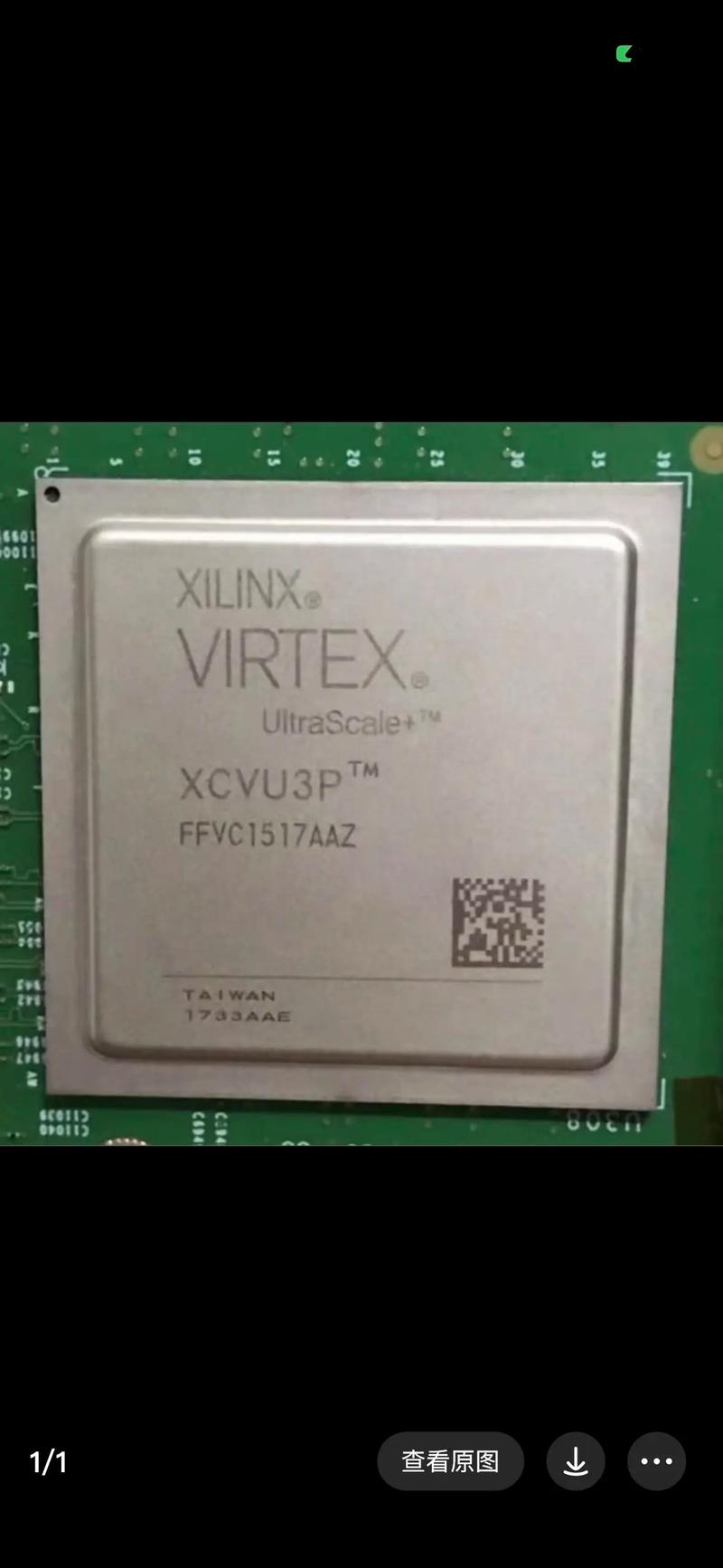
Understanding Geth: The Official Ethereum Client
When delving into the world of Ethereum, one of the most crucial tools at your disposal is Geth. Geth, officially provided by the Ethereum Foundation, is a Go programming language-based client that offers a comprehensive suite of functionalities for interacting with the Ethereum network.
Let’s start with the basics. To install Geth on a Mac, you can use Homebrew. Simply run the following commands in your terminal:

brew tap ethereum/ethereumbrew install ethereum
Once installed, you can launch Geth by navigating to a directory of your choice and executing the command `geth console 2>>eth.log`. This will start an interactive console that allows you to interact with the Ethereum network and access various functionalities.
Exploring Geth’s Features
Upon launching Geth, you’ll be greeted with a console that provides access to a range of modules, including admin, debug, eth, miner, net, personal, rpc, txpool, and web3. These modules offer a wide array of functionalities, from managing accounts and transactions to interacting with smart contracts and the blockchain itself.
For instance, you can use the `admin` module to manage nodes and peers, the `debug` module to perform diagnostic operations, and the `eth` module to interact with the Ethereum blockchain. The `miner` module allows you to mine new blocks, while the `net` module provides information about the network’s peers and connectivity.
Interacting with the Ethereum Network
One of the most powerful features of Geth is its ability to interact with the Ethereum network through its command-line interface. You can use the `eth` command to query the blockchain, retrieve account balances, send transactions, and deploy smart contracts.

For example, to check the balance of an account, you can use the following command:
geth eth getBalance [account_address] [block_number]
Replace `[account_address]` with the address of the account you want to check and `[block_number]` with the block number you want to retrieve the balance from. Similarly, to send a transaction, you can use the following command:
geth eth sendTransaction '{"from":"[from_address]","to":"[to_address]","value":"[value]","gas":"[gas]","gasPrice":"[gas_price]"}'
Replace `[from_address]`, `[to_address]`, `[value]`, `[gas]`, and `[gas_price]` with the appropriate values for your transaction.
Deploying Smart Contracts
One of the key features of Ethereum is its ability to deploy and execute smart contracts. Geth provides a convenient way to deploy smart contracts using its command-line interface.
First, you need to compile your smart contract into a bytecode format. You can use the `solc` compiler for this purpose. Once you have the bytecode, you can use the following command to deploy the smart contract:
geth eth deploy '{"data":"0x[bytecode]"}'
Replace `[bytecode]` with the bytecode of your smart contract. The command will return the address of the deployed contract, which you can use to interact with it.
Conclusion
Geth is a powerful and versatile tool for interacting with the Ethereum network. Whether you’re a developer looking to build decentralized applications or a user interested in exploring the Ethereum ecosystem, Geth provides the tools you need to get started. By understanding its features and functionalities, you can unlock the full potential of the Ethereum network.




